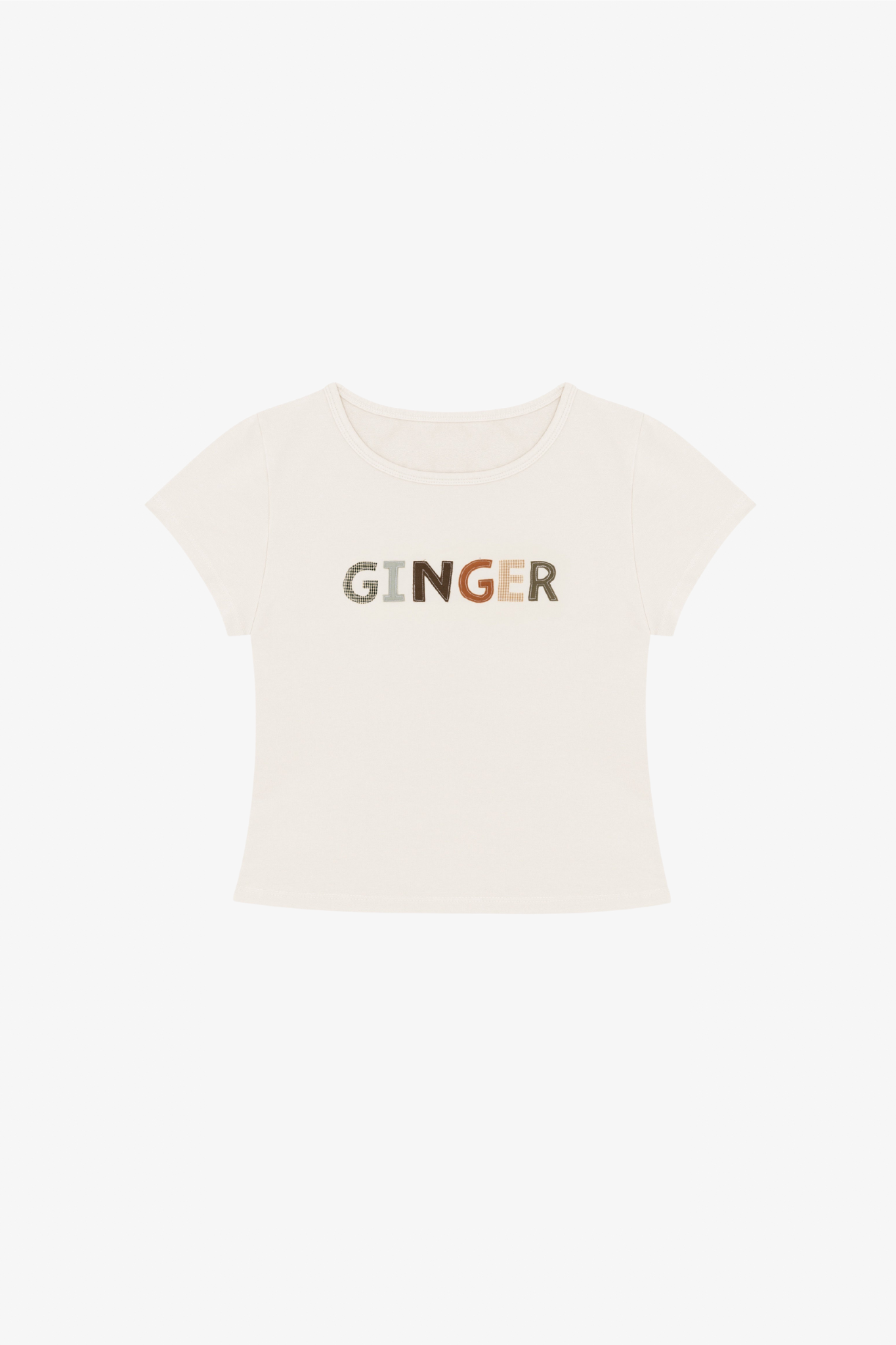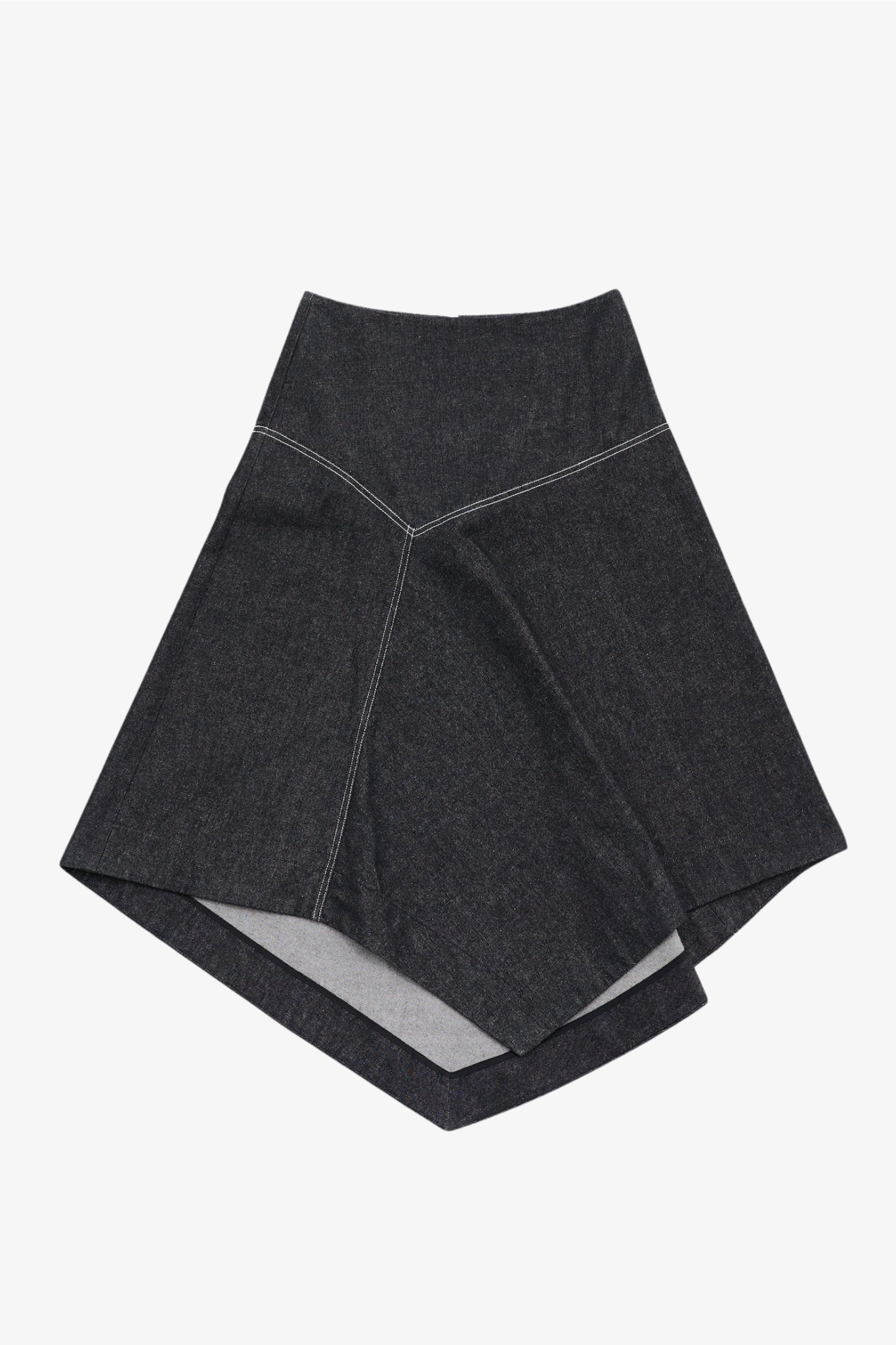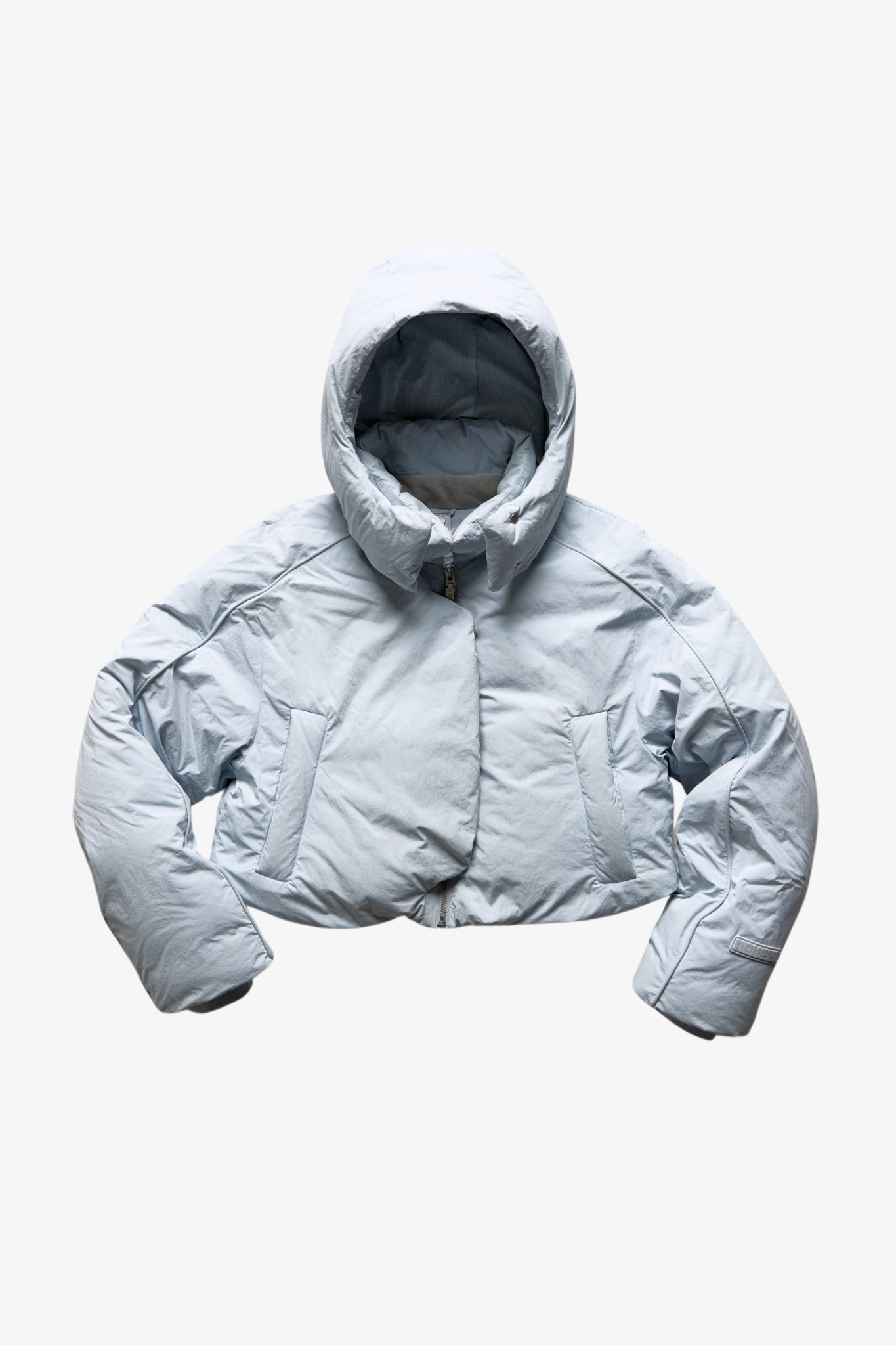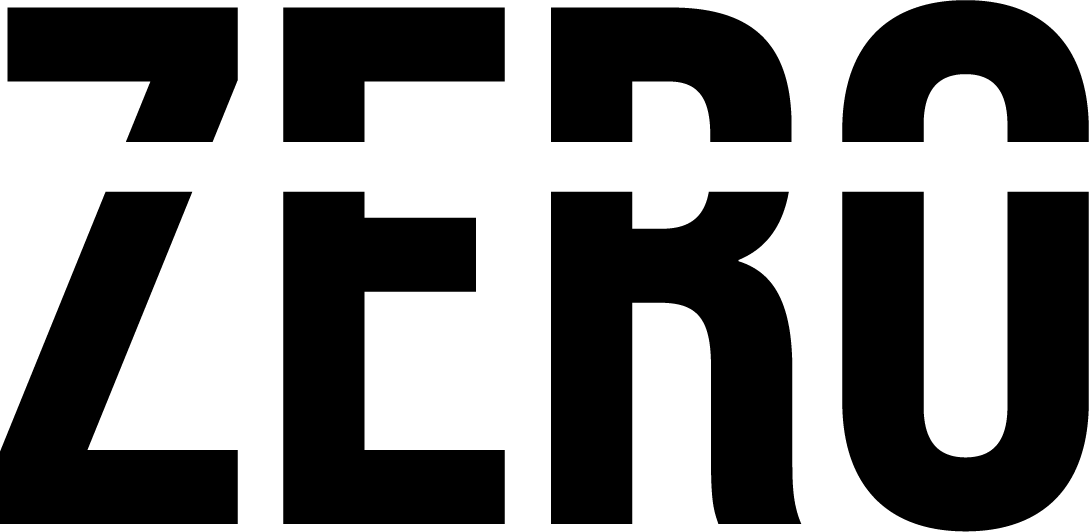If you find it on Zero, it'S cleared the highest bar.
At ZERO, sustainability isn’t a trend or something we talk about during Earth Month, it’s the bare minimum. Every piece we carry has survived one of the toughest vetting processes in the industry. We don’t just onboard brands; we dissect them.
From how they source, how they manufacture, how they treat people, and how seriously they take their impact—to living wages and safe working conditions, certified fabrics, low-impact dyes, water conservation, and supply chain transparency. We demand proof.
Because let’s be honest, no one needs another pretty dress with a dirty backstory.
MEET OUR REQUIREMENTS
LIVING WAGES
Here at ZERO, we enforce that all employees throughout the supply chain recieve a living wage.
Why? Less than 2 percent of workers in the clothing industry earn a living wage. Before we can truly understand how concerning that number is, first let's distinguish between a minimum wage and a living wage. A living wage means the employer is able to meet their basic needs to sustain life, this includes but is not limited to: feeding themselves and family, paying for housing, healthcare, transportation, and education. By no means does a living wage mean an individual is living comfortably, however, it ensures that surviving life is manageable. (Imagine having the security to feed yourself, but still being restricted in your ability to buy your daughter shoes for school.)
An enforced living wage, and we are intentional in saying enforced since many places and companies do not abide by the law when it is not monitored, means that the wage paid meets the law but does not factor in the livelihood of the employee. Minimum wage is not necessarily livable, it purely suggests the lowest remuneration that can legally be paid.
Most concerning, however, are unregulated wages, which are not subject to any external oversight to ensure a livable or even minimum compensation. Fast fashion and the “race to the bottom” is directly responsible for exploitative wages that exist in the fashion industry, creating competition between factories to underpay their workers in order to provide large companies with the cheapest production cost.
Ever wonder why so many fast fashion labels export their production out to Global South countries? Because labor is cheap and unregulated. It is important to realize that this common phrase “labor is cheap” is generalizing and dehumanizing the people behind the labor. The labor is “cheap” because people exploit individuals who are not protected and threaten to withhold business if production costs do not constantly decrease. We bring attention back to this requirement's opening line, “fewer than 2 percent of workers in the clothing industry earn a living wage.”
Here at ZERO, we know that an individual should never experience absolute poverty and lack basic survival necessities because they are insufficiently paid while producing clothing. We require a living wage for ALL individuals throughout the supply chain and believe a minimum wage should always be the bare minimum.
MATERIAL USAGE
Here at ZERO we believe material usage should directly tackle waste or embody true regenerative restoration.
Why? Material usage is one of the multifaceted issues that arise when trying to create conscious fashion. We live in a culture of waste and excess despite overwhelming evidence that demonstrates the perils of such a collective mentality. ZERO sees regenerative clothing as the resolution to the fashion industry's current war with the environment.
Regeneratively made clothing is an approach that focuses on returning to the practices adopted by indigenous peoples, transitioning back to growing crops in their natural territory, and recreating a harmonious relationship with our environment. The concept of regeneration has recently gained traction, however, it is a practice as old as time that has been overlooked in the face of rapid industrialism. Simply put, the natural, centuries-old art of garment construction has been uprooted by the wasteful modern practices of fast fashion and unscrupulous consumption.
Regeneration ensures land and biodiversity are not damaged and that when the clothing inevitably returns to the earth, it will go out as peacefully as it entered, causing no harm. This is SUSTAINABLE fashion. Fashion that can SUSTAIN life and earth. For perspective, in the US alone, 16 million tons of textile waste is created each year. 16. Million. Tons. Nothing about waste is the harmonious relationships with nature mentioned above. This is where upcycling comes into play.
Upcycling is the process of creating a product of higher value from a material that is being reused. Here at ZERO, we believe that waste must be tackled directly while fashion labels simultaneously learn and adopt regenerative practices. Many of our brands use deadstock or recycled materials. We believe it is better to expand the longevity of a piece of discarded polyester than to allow it to sit in a landfill. Longevity is the key to sustainability in the fashion industry.
LONGEVITY
Here at ZERO we enforce that every piece is designed with longevity in mind.
Why? Every single year, 100 billion garments are produced. The rise of fast fashion has drastically increased this number since the model of fast fashion relies on micro-trends, meaning the piece will go out of style shortly so the consumer continues to purchase new pieces. Longevity and fast fashion are at odds, if people treasure their purchases and buy to last, fast fashion loses its consumer base.
The industry is very aware of this and factors planned garment obsolescence into their production. What is planned obsolescence? It is a business strategy where the manufacturer builds the product to have a frail design so it is unusable in the foreseeable future, thus promoting new purchases. Examples of this can be seen in the recent rise of poor quality fashion items or the speed at which once fashionable pieces appear unfashionable. End of life is designed into the piece from its conception.
Here at ZERO, we are aware of the need for longevity in design, to ensure the pieces have a long life rather than prematurely meeting a landfill. Longevity means the garment must ignore current fads while simultaneously being designed to last. Brands who design for longevity understand that sustainability is more than the materials being used, the issue requires a holistic approach from individuals who understand the ramifications of every decision.
Thread is a perfect example of the constant trade-offs many of our brands face. Deadstock, vintage, or upcycled thread tends to lack the quality that new thread provides. When the quality is compromised, the longevity of the pieces is compromised, meaning that the upcycled thread could cause a piece to break prematurely and be discarded. Longevity must be prioritized and understood throughout the entire design process.
SUPPLY CHAIN TRANSPARENCY
Here at ZERO we enforce full supply chain transparency.
Why? In the 1960s more than 95 percent of clothing in the United States was manufactured domestically. That number is now less than 3 percent. We import nearly everything, along all parts of the production process, for a number of reasons. Not all manufacturing overseas is problematic, however, in the fashion industry, out-sourcing is almost always problematic.
Fashion is cheaper now than it was 30 years ago, and the price is only decreasing. Great? NO, very problematic. Pricing almost never decreases because the individual at the top decided to take a pay cut, it decreases because somewhere along the supply chain people are being taken advantage of. When we outsource the production of our clothing, we are also outsourcing our ability to oversee the manufacturing process, including the treatment of individuals and the environment.
In addition to labor regulations, environmental regulations are oftentimes lenient in the countries targeted by fashion conglomerations. The result is toxic, untreated waters entering our oceans, excess material waste incinerated expelling hazardous chemicals into our air, and pollution overwhelming the natural environment.
Fully supply chain transparency means that every individual and location that comes in contact with the garment can be traced and regulated. Here at ZERO, we work with brands who have control over their supply chain to ensure all practices are ethically and environmentally sound.
WASTE
Here at ZERO, we enforce that all designing should seek to minimize any waste through circularity and maximization of resources.
Why? The fashion industry is one of excess waste across all stages of manufacturing. Through our wasteful designing, we have built a linear system where our products are born (manufactured) and then die (sent to landfill), directly opposing circularity.
Nature is the most universal example of circularity, where waste is not factored into design. In nature, elements are infinitely recycled back into the system in perpetuity so the resources can always be maximized. We must learn from nature, and understand that a system creating 16 million tons of clothing waste and consuming 93 billion cubic meters of water annually is in direct opposition with circularity.
Here at ZERO, we are working with brands who combat waste head-on through their deliberate design process. Many of our brands are increasingly close to a zero-waste design system, and continue to improve their practices to go beyond zero waste, designing for circularity. Designing to combat waste is not an easy task, and if it was, we would not be living in a waste-filled world. Zero waste can often freeze people into inaction when the task seems too distant to achieve. We do not enforce perfection, we support genuine acts of imperfection striving for a meaningful impact.
CHEMICALS
Here at ZERO, we enforce that hazardous chemicals and dyes are always be excluded from the production process.
Why? Water is easily polluted through the use of chemicals and harsh dyes during the production process. Oftentimes wastewater, water that has been affected by domestic, industrial and commercial use, goes untreated and is disposed of into nearby water because the cost of treating these hazardous chemicals is very expensive.
According to EcoWatch, “It is estimated that 70% of rivers and lakes are contaminated by the 2.5 billion gallons of wastewater produced by the textile industry.” When you think of the grotesque amount of water needed to make a single cotton shirt, 2,700 liters, it is easily understood how that much water pumped with chemicals and harsh dyes can wreak havoc on ecosystems and waterways when put back into the environment.
The murkier the supply chain, tainted with exports, lack of environmental regulations, and faulty human rights standards (how a majority if not ALL fast fashion is made), makes it nearly impossible to track how wastewater is handled.
Here at ZERO, we do not support the use of chemicals or synthetic dyes from our brands. Since a majority of our labels use deadstock fabric, at one point or another it can be assumed that the materials were dyed and treated before our brand accessed the textile. When prolonging the life of discarded materials it is almost impossible to track the textile back through its entire production process. Because of this, ZERO does not work with brands who introduce chemicals or harmful dyes once they have obtained the deadstock fabrics. We work with one brand who due to legal obligations, is unable to explain the entirety of their materials production. As a company we have decided to move forward with the brand as their product is far more conscious than the alternative.
Natural dyes and chemical free production is the future of sustainable fashion, if we are to return to regenerative practices where end of life clothing can re enter our soil.
PLASTIC
Here at ZERO, we enforce that virgin plastics be excluded from the design process.
Why? Plastic is everywhere. We eat it, play with it, transport it, wear it, drink it, and constantly over consume it. Plastic is horrifyingly unique in its ability to stay alive; it never decomposes, only continues to break down into smaller and smaller pieces called microplastics. Well at least the pieces get smaller, that’s more manageable right? WRONG. Due to their minuscule size, less than 5 mm in length, microplastics can easily travel through waterways, ending up in our oceans, destroying marine ecosystems.
By 2050, there will be more plastic in the ocean than fish. That is terrifying. Each year, the fashion industry is one of the leading contributors of microplastic pollution in the ocean. Fast fashion relies heavily on virgin plastic production to fuel its ever increasing growth. Polyester, nylon, acrylic, and other synthetic fibers derive from plastic. From the composition of these materials in conjunction with the industries strategic planned obsolescence, you can see how this would lead to a global plastic issue.
Here at ZERO, microplastics are an issue we revisit constantly. In using deadstock materials, and upcycling discarded garments, we are well aware that while targeting waste, we come in contact with many synthetic fibers that shed microplastics. This is one display of how complicated sustainability is in the fashion industry. An obvious solution to avoid microplastics lies in using only natural fibers.
However, in our quest to tackle waste while promoting regeneration, microplastics are a reality we simply cannot avoid. On our site we have promoted the usage of specific microplastic-grabbing bags. These bags, meant to be used in your washing machine, prevent the microplastics that shed from our clothing into our waterways. Our brands also avoid the unnecessary additional usage of plastic in packaging and labeling.
On our website, two of our brands use polyurethane as a binding agent to create a durable fabric out of recycled scraps. This is something we internally battled with for a while, and decided it was beneficial to promote the best possible industry alternative and support developing innovation, rather than allowing 100 percent virgin synthetic materials to be used. We are familiar with bio-based PU and continue to learn more on the material and see its success with longevity.
Plastic is a major issue that is not easily avoided. We are confident in our decision to support brands who bring life back to synthetic fibers rather than allowing them to sit idly in landfills. Returning to regenerative practices where natural fibers are harvested in harmony with the environment must be the future of virgin material production if we are to sustain ourselves on this planet and alleviate waste.
PACKAGING
Here at ZERO, we enforce that packaging focuses on minimization and end of life disposal.
Why? Look around, almost everything surrounding you in this moment was once in packaging: your phone, the chair you sit on, the sheets on your bed, the coffee in your stomach. What happens to that packaging? Where does it go once you throw it out? Our brain tends to associate trash bins with dissipation, but that is not the case. The packaging’s life does not end once you have unboxed your product; if anything the packaging’s life is just beginning.
On average, the Postal Service processes and delivers 173.1 million pieces of First-Class Mail every day. Think of all that PACKAGING! On the United States Postal Services website the following stat is shared, “The Postal Service ordered more than 717 million rubber brands in 2020, totaling about 39,304 miles of material that could wrap around Earth 1.6 times!” and that is just rubber bands.
Now picture all the plastic polybags, coated tissue paper, stickers, notecards, tape, and so on sent to landfills daily. Packaging has become marketing, but in doing so it has become a very troubling environmental burden.
Here at ZERO, packaging is something discussed over with every brand. ZERO uses a drop shipping method, which means that the brands fulfill the orders themselves so we do not have a centralized warehouse with inventory that is shipped to the customer. Drop shipping allows ZERO to avoid inventory waste, and partner with brands who operate on a made-to-order system. However, drop shipping also means that we do not have control over the fulfillment process, so packaging is not under our immediate jurisdiction.
Each brand is required to provide information pertaining to packaging and any additional content included in shipment boxes. Our key priority with packaging is reduction over substitution. As always, the most sustainable option is nothing at all, so we have this discussion with brands on how to keep brand identity while eliminating note cards, tissue paper etc. Plastic is something that should never be in packaging. We are actively working with all of our brands to improve their shipment methods and promote the best alternative available.
CARBON EMISSIONS
At this time, ZERO is not enforcing carbon neutrality for its brands.
Why? Carbon neutrality is a must that unfortunately is now “achieved'' not by brands cutting their emission, but rather paying money to “offset” this carbon. Offsetting puts a band aid on an immediate issue rather than forcing the company to address their emission head on.
Airline and oil companies love to highlight offsetting efforts to increase environmental PR, (this in itself should be a red flag). Carbon offsetting allows companies and individuals to find peace in their emission choices rather than forcing people to change the habits and patterns that are clearly warming our climate at alarming rates. In short, offsetting is a distraction from the real issue at hand.
Here at ZERO, we do not believe that carbon offseting addresses the severity and scope needed to curb emissions. This is not to demonize those doing the beautiful work of establishing offsetting programs, our decision is rather directly asking the consumer to own their choices rather than throwing more money at an issue that is clearly not solved through cash.
ZERO is currently seeking ways to measure emissions from purchases so we can use this as a tool to educate, and in the future we plan on localizing the brands available to individuals based on their region to eliminate shipping emissions. Carbon offsetting may be adopted in the future, but only once we have found a company whose approach we align with entirely.
Unfortunately, a handful of companies planting the trees to sequester carbon in the far off future are doing so in areas where the tree is not native or on indigenous peoples land where the practice is not wanted. Like all things related to environmental prosperity, the issue of emissions reduction can not be reduced to a one dimensional solution, offsetting must be complimented by actual efforts to reduce emissions. We are working with brands who not only understand the relationship between emissions, production, and exportation but who have prioritized localizing their brand, and in doing so bring work to their communities.





